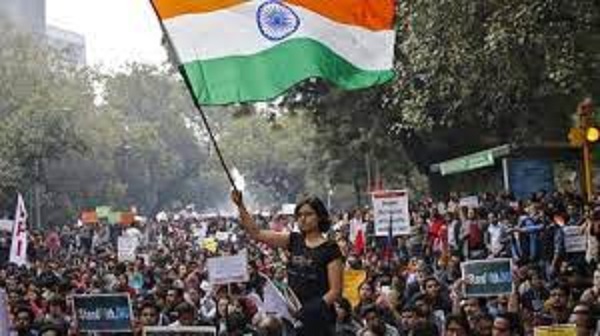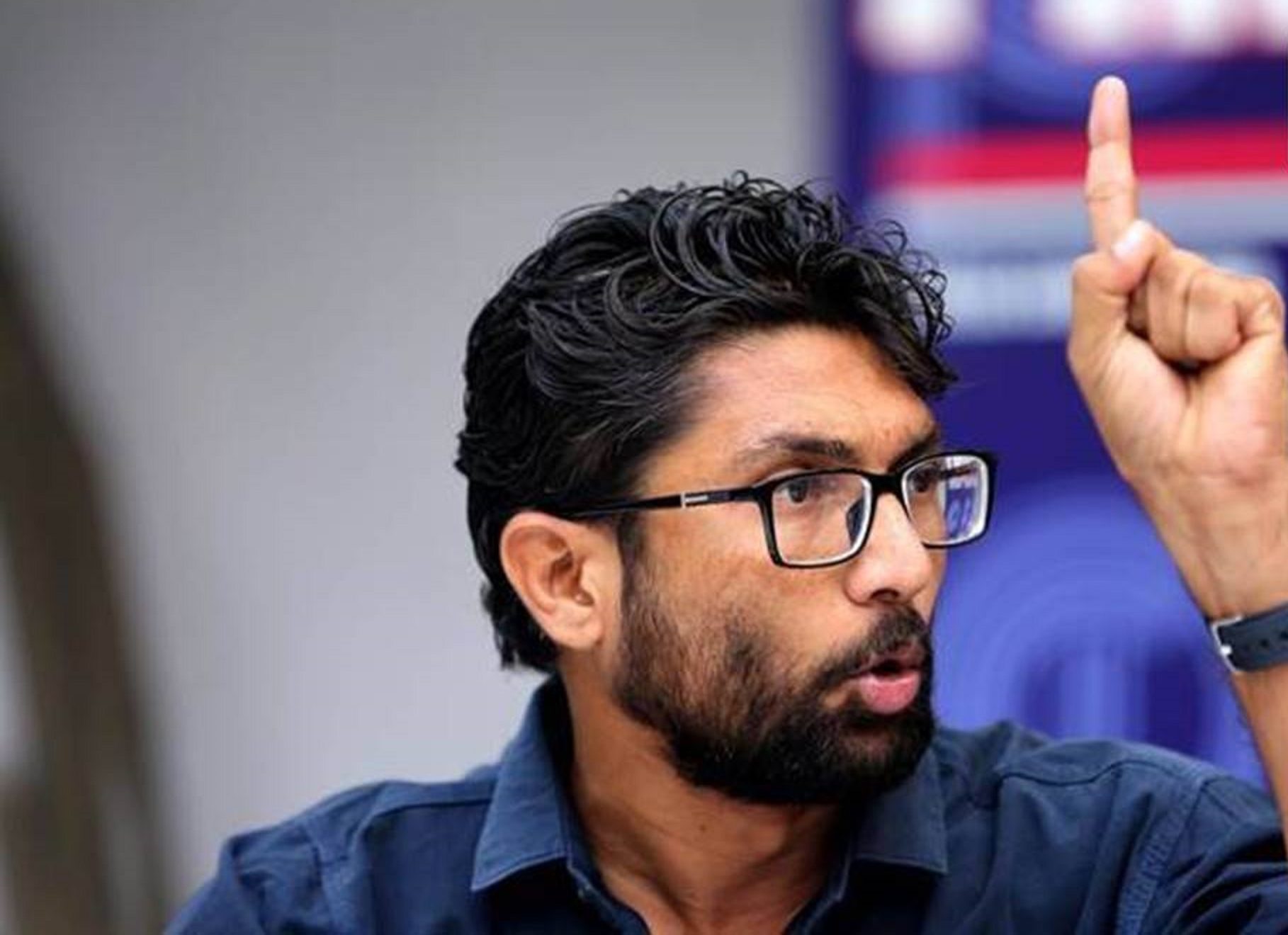- One of the most prominent promises, assurances, reassurances, incentives, and inducements offered in every political party’s manifesto will invariably be dedicated to Dalits. Irrespective of party affiliations, the clamor to impress upon the Dalit vote banks drives Indian political leaders to aim at consolidating the same with renewed vigor whenever an opportunity presents itself. Election after election witnesses this phenomenon but the moot point to ponder over here is has the situation for the Dalits has undergone any palpable change on the ground in the last sever-and-a-half-decade of independence. The answer would be a resounding no. The very reason why political parties still attempt at attracting Dalit votes says it all.

PC: Reuters
- The struggle for the Dalit community continues unabated and cannot be disputed despite attempts by successive governments over the years to guide them into the mainstream. Simply because Dalit voters are courted but they still fare poorly in development indices denoting that India needs smarter policies. For that matter, Dalit positioning apart, electoral success has eluded many leaders representing the community speaks of the trough faced by politicians themselves. Mind you, Mayawati’s BSP remains the only Dalit party that won office. And that was over 10 years ago. BJP’s social engineering ensured her vote base in UP shifted en masse to the governing party. Political success has been elusive for Dalit leaders attempting to expand their base.
- As you are aware, Gujarat’s JigneshMevani joined Congress, and Maharashtra’s Prakash Ambedkar is perceived as a vote-cutter, not much otherwise. Moreover, political parties don’t field Dalit nominees in non-reserved seats either. Lok Sabha has rarely seen Dalit MPs beyond the 84 reserved seats, and house committees include Dalit MPs infrequently. Yet every party pulls out all stops to gather Dalit voters – a catchment area essential for electoral success. Nowhere is this more evident than in Punjab, which at 32%, has the highest Dalit proportion of the population, where parties disregard Dera Chief’s dodginess and worse toward their large Dalit bases. This sorry state of affairs reflects the Dalit narrative in the country.

PC: File Photo
- That Dalits’ political salience is limited to vote banks, and nonrepresentation is equally evident in the barriers they face in their socioeconomic development, with a significant gap between the HDI of Dalits and non-Dalits. A 2020 paper by the Centre for Multidisciplinary Development Research reported the composite HDI value of Dalits (literacy rate, IMR, and average monthly per capita consumption expenditure) falls well short of that of non-SC/STs in almost all states. Dalit entrepreneurs, increasing in numbers since liberalization, face obstacles to access to capital. More Dalit political leaders influencing public policy will help. They should champion good quality primary and secondary education and private investment in industrial jobs. Time to think hard!






